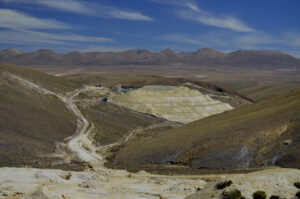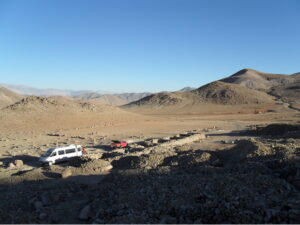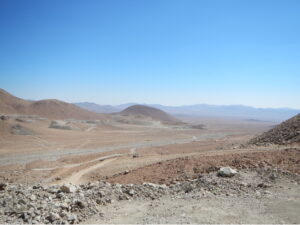
- Poland | 5 January 2019

The period ahead is expected to see a boom in the solar segment in Poland. What factors have created these favorable circumstances?
In the past, the green certificates system that was in place faced significant hurdles. While this system stimulated the development of renewable energy sources (RES), the government’s withdrawal of support in 2016 had a severe impact on the prices of green certificates, which plummeted from 200 PLN (€47)/MWh to about 20 PLN (€4.7)/MWh. However, prices have since recovered and the system is still operational for assets developed during the respective period. In the meantime, a new auction-based system has been implemented, with one basket dedicated to renewable generation below 1 MW, enabling photovoltaics to benefit from this support.
Has there been any tangible progress since the implementation of the auction system?
Thus far, three auctions have been held, with nearly 1,000 MW of photovoltaics being awarded. Although not all of them are operational yet and some may not come to fruition, this is the total amount that is theoretically supported through the scheme. This is just the beginning, as it is expected that in 2019, another 750 MW will be auctioned.
Can you describe the state’s attitude towards RES development in Poland compared to three years ago?
It’s not straightforward to provide a definite answer to this question. While there have been many positive advancements, there are also measures that have hindered the growth of renewable energy sources. One example of such a measure is the 10H rule for wind generation, which was introduced during the crisis in 2016. Despite the talk of changing this rule, we haven’t seen much progress, and the onshore wind sector has seen very little development since then.
What is your outlook for the renewable energy sector in the next few years, particularly in offshore wind?
We expect to see new onshore wind capacities following the recent auctions, but we could have larger projects and cheaper energy if we were allowed to update our technology to the most recent one. As for offshore wind, we are optimistic that projects will be successful, but they may take longer to complete. It’s critical to allow Western investors to participate in these projects and benefit from their experience. We anticipate continued growth in the sector, though unexpected regulations could pose some difficulties, which is currently unlikely.
Could you elaborate on GEO Solar’s strategy for capitalizing on the opportunities in the solar sector?
GEO Solar is taking a multifaceted approach in capturing the opportunities in the solar sector. Our portfolio encompasses all segments of photovoltaics, including residential, commercial, and industrial facilities. For instance, we have established a partnership with IKEA to provide solar solutions to residential clients. In the commercial and industrial sectors, we differentiate ourselves by handling micro-installations, which have a capacity of up to 50 kWp, as well as large-scale installations that require environmental and construction permits.
As the small-scale photovoltaic market is highly competitive, we strive to differentiate ourselves by offering unique value propositions rather than competing on price alone. One of the key differentiators of our services is that we provide a five-year productivity guarantee, which ensures that our clients’ systems operate at the highest level of efficiency. We believe that this guarantee, coupled with our years of experience in the market, will eventually lead to increased brand recognition and further opportunities for growth.














